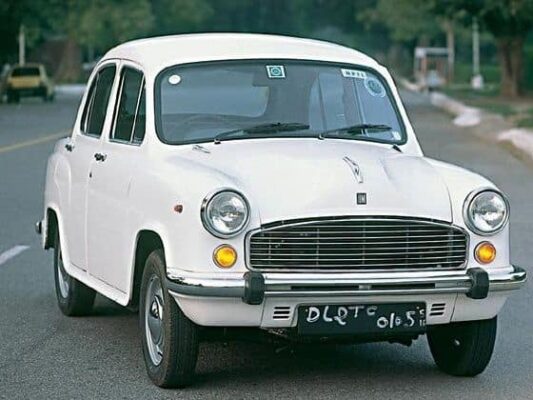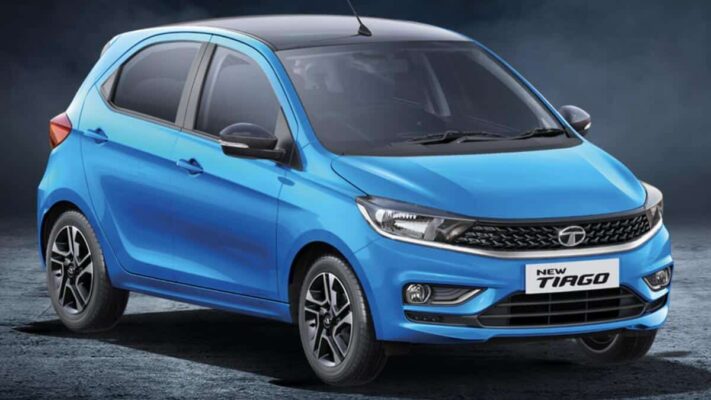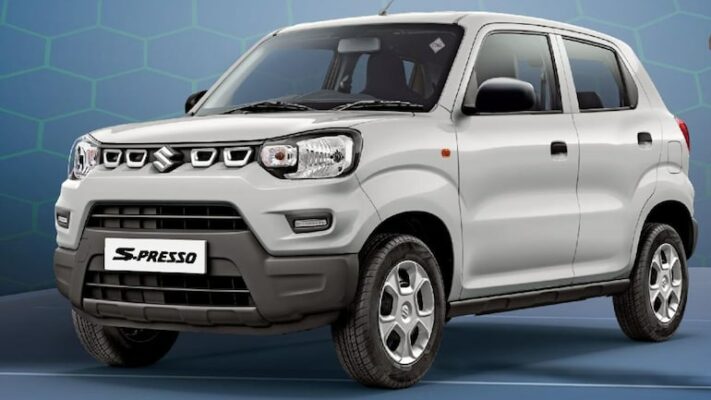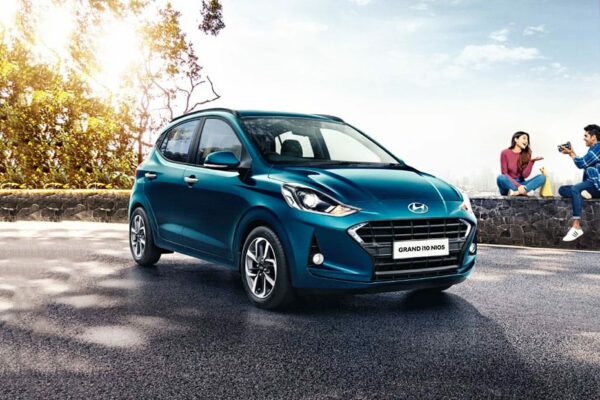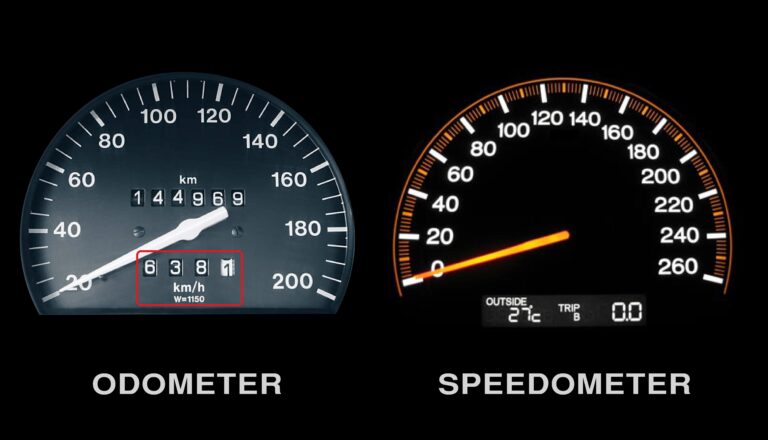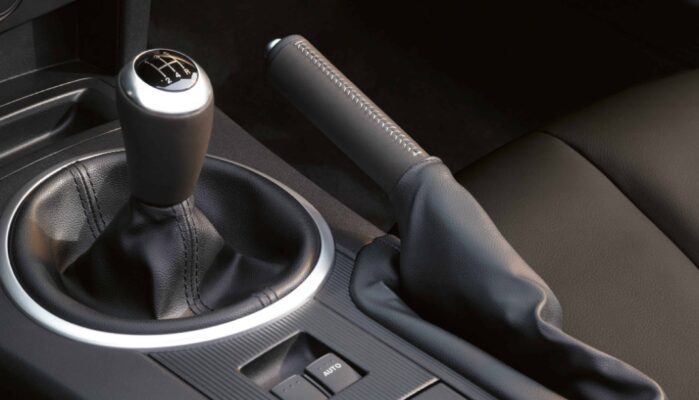The Indian automotive sector is one of the largest in the world in terms of outright sales and production figures.
It was the year 1897 that the first car made an appearance on Indian roads. From then on, till around 1930, cars were imported from other countries because India did not have manufacturing facilities of its own.
In the 1940s, companies like Hindustan Motors and Premier Automobiles were incorporated as manufacturers of cars. Also, the famous Mahindra & Mahindra came into being and started manufacturing sports utility vehicles, more precisely the Jeep.
Post-Independence Automobile Industry
After India’s Independence in 1947, the Government tried hard to ramp up automobile production facilities, especially with Hindustan Motors which was producing the very popular Ambassador vehicle.
Hindustan Motors dominated the automobile fraternity from the 1960s to the 1980s. The Ambassador model was in huge demand and was seen as a symbol of status for car owners. Hindustan Motors gathered a huge amount of share of the automobile industry during this time.
Hindustan Motors grew exponentially mainly due to the import restrictions of 1950 to 1960 which curtailed imports of vehicles and saw car buyers looking to the locally manufactured Ambassador.
At the same time, the commercial sector saw a surge in demand with sales of tractor and heavy commercial vehicles on the rise. It was a good time for the Indian automobile industry indeed.
The first cars to enter the Indian Automobile segment
The Hindustan Motors Ambassador was the first car to be manufactured on Indian soil. It was basically a Morris Oxford Series III, from Britain, but once manufactured in India, it became a symbol of the nation.
The 1980’s saw a very competitive market with Maruti Udyog teaming up with Suzuki to give us the Maruti 800. The little car was modern in all respects, and people flocked to buy it because of its cute looks, frugal engine, comfortable ride and handling.
At this point the automobile industry in India was evolving and contributing greatly to the economic growth of the country. In the year 1988, the Motor Vehicle Act was setup which made it mandatory for all motor cars to have insurance. Compulsory insurance for all types of transportation allowed the insurance industry to grow in leaps and bounds in the country.
Sports Utility Vehicles as we know them today started off being manufactured by Mahindra & Mahindra with replicas of the Jeep. Bajaj and Standard Motors also started manufacturing 4-wheel drives in the country.
Commercial vehicles were being built by seven manufacturers including Ashok Motors, Simpsons and Company, Premier Automobiles Limited. The two-wheeler market was dominated by manufacturers such as Bajaj Automobiles, Escorts Yamaha Group, Royal Enfield, API (Automobiles Product of India) and Ideal Jawa / Yezdi.
New entrants in the 1980s
Hindustan Motors and Premier Automobiles Limited saw challenges from a new entrant in the automobile sector with Maruti Udyog Limited.
The liberalisation period in the 1980s saw Government policies being changed that allowed foreign manufacturers to produce cars in India. Previously, foreign car manufacturers were not allowed to invest resources due to certain Government policies.
With the change in these laws, Maruti Udyog teamed up with Suzuki of Japan to form a joint venture to produce automobiles in India. The first alliance of its kind which turned out to be very successful indeed.
As time went on, different foreign manufacturers tied up with Indian automobile companies aided by economic reforms that welcomed them to India. Hyundai and Honda both entered the country and started to invest in manufacturing facilities.
From the years 2000 to 2010, almost every manufacturer had a place in the Indian automobile industry, and expanded their manufacturing facilities across the country.
Exports of Indian made cars
The manufacturing of cars in the 2000s was on the rise, but exports were slow during the time. Maruti Suzuki was one of the first manufacturers in India to start exporting cars to the European market. During these years, the Indian Government introduced emission norms called Bharat Stage in order to control the amount of pollution from automobiles. These emission norms were on the same standards as European emission guidelines.
Bharat Stage emission norms ensure that automobiles do not pollute the environment which is a big problem in major cities where there are a large number of polluting vehicles.
Some notable achievements of the Indian automobile industry
India’s development in the automobile sector began with J.R.D. Tata’s vision of starting the Tata Group, the ERC (Engineering Research Centre) in 1965 for the technological advancement of automobile manufacture, design and development. The Tata Group collaborated with Mercedes Benz to produce indigenous trucks and heavy commercial vehicles, while upgrading scientific knowledge in these fields.
The dynamics of the commercial vehicle segment was completely changed, and it was a feat to behold because nearly 60% of the commercial market in India was led by the Tata Group.
Here are some notable achievements of the Indian automobile industry:
- The first automobile was produced in India in the year 1897 in the city of Mumbai
- India is seen as an emerging global automobile market by other countries
- The segment is constantly working with foreign manufacturers for the growth and development of the industry
- Two-wheelers in India dominate the segment, contributing to nearly 79%
- India has the largest three-wheeler and two-wheeler market in the world. In regards to tractor manufacture, India is second in the world
- India is the fifth largest commercial vehicle producer in the world
- The country crossed the 1 million mark as the fourth largest manufacturer of passenger cars in Asia
- The automobile industry in India is expected to grow to $40 billion from $7 billion dollars, contributing nearly 8% to the country’s GDP.
- With the launch of Tata’s Nano car, the country made history as the nation with the cheapest passenger car. Launched by Ratan Tata at a price of Rs. 1 lakh, it made headlines worldwide and gained instant recognition across the global automobile industry that was so far producing facsimile copies of best-selling small cars.
- India is the second largest producer of two-wheelers, second only to China. The production volume of two wheelers in India is 5.2 million as compared to China’s 12 million.
The current situation of the automobile industry in India
At present, almost all car manufacturers have a strong foothold in India. The automobile industry advanced to a great extent so much so that India became the hub for domestic and international markets.
The major locations that concentrate on automobile manufacturing are the South, West and North of India. In the South, Chennai dominates as the major hub for automobile manufacturing. In the West, Mumbai and Pune come in a close second place. In the North of India, the NCR region holds the top spot for manufacturing of vehicles and production facilities.
In the year 2009, India became the fourth largest exporter of cars in the world behind Japan, South Korea and Thailand. The following year, India became the third largest automobile exporter in the world, a commendable feat indeed.
Some of the current automobile companies that have a presence in India are:
- Audi
- Bajaj
- BMW
- Mercedes
- Fiat
- Hero
- Honda
- Hyundai
- Mahindra
- Maruti Suzuki
- Skoda
- Tata
- Yamaha
Let’s have a closer look at some of the top automobile companies in India
Tata Motors
This is the largest automobile company in India by sheer number of sales and vehicles on road. Tata Motors was established in 1945 in Mumbai. It was previously known as Telco Tata Engineering and Locomotive Company belonging to the Tata Group.
Tata produces passenger vehicles, light commercial vehicles, heavy commercial vehicles and everything in between. The company is the leader in commercial vehicle manufacture and sales. Passenger cars from Tata are also very popular in the country and are known for their quality, durability, robustness and design.
Some well known cars by Tata are the Nexon, Tiago, Safari and Tigor.
Maruti Suzuki
Incorporated as a company in 1981, Maruti is part owned by Suzuki that has a minority stake in the company. Here in India, Maruti leads supreme as the leader of passenger cars.
Maruti is credited with bringing the first modern car to India, the Maruti 800, and creating an automobile revolution in the process. Maruti Suzuki India Limited was known as Maruti Udyog until 2007. The headquarters of the company are in Delhi, and it is the largest manufacturer and market shareholder of passenger cars in India.
Revenues of the company have been at an all time high, which is allowing them to invest in newer and safer models for the roads of India.
Some of the popular cars from Maruti include the Vitara Brezza, Ciaz, Alto 800 (the successor to the Maruti 800), Ignis, and Baleno (which happens to be a best seller as well).
Hyundai Motor India Limited
Hyundai Motor India Limited is a company that is owned by Hyundai Motors, South Korea. Hyundai Motors is the largest producer of passenger cars in South Korea, and the 6th largest in the world.
Hyundai Motor India Limited exports many of the cars it produces in India, making it a hub in Asia and SouthEast Asia for quality passenger cars. The company is the largest exporter of passenger cars in India.
Hyundai first entered India with a small hatchback known as the Santro, which was in direct competition to the Maruti 800. Very soon they had taken the market by storm.
Some well known models from Hyundai include the Grand i10, Elite i20, Creta, Venue and Elantra.
Interesting facts regarding the Indian automobile industry
- The 2-wheeler market contributes 79% of the total automotive production in India.
- The automobile sector in India has constant growth due to the gradual increase in income of the middle class that consists of young people who have expendable funds to buy automobiles.
- The Government of India takes large initiatives to encourage foreign investment in the automobile sector and to manufacture cars through the ‘Make in India’ policy.
- There is a large number of skilled labourers in India and technology is growing at a fast pace in the country.
- There is a huge demand for luxury cars in India.
- India’s contribution to the passenger vehicle sector is expected to touch 8% from 2.4 % it recorded in 2015.
- The automotive industry has contributed greatly to the economic development of the country including the finance and insurance segments.
Conclusion
It is estimated that by the year 2026, the automobile Industry in India will be in the world’s top three in regards to engineering, technology, manufacturing and exports.
The automobile industry is expected to increase the GDP by 12% and generate 60 million jobs for skilled youth of the country.
Among the most prominent points of discussion in the Indian Government today is how to move from traditional vehicles to complete electrification in the coming years.
The automobile industry has its ups and downs, and so far, we have been seeing growth in the sector. But the need to find greater resource efficiency and the incorporation of novel materials for the manufacture of electrical vehicles is a challenge we are yet to overcome.
The innovation of new technology is something that the Indian automobile industry lags behind on, and this is seen as a critical juncture for the growth of the sector so that India can achieve superiority in manufacturing especially with its low cost of labour and materials advantage.
For the industry to grow, it needs to upgrade manufacturing technology. And to move up in the value chain pyramid, there has to be significant investments in technologies that are compliant with high efficiency and green standards as with other countries.
Maintaining the well being of a car through traditional service techniques also needs to be completely revamped. The sales of vehicles are not the end. Most cars in the country end up being used for several years and there is no Government policy in place yet that outdated a vehicle due to the number of years it has been on the road.

